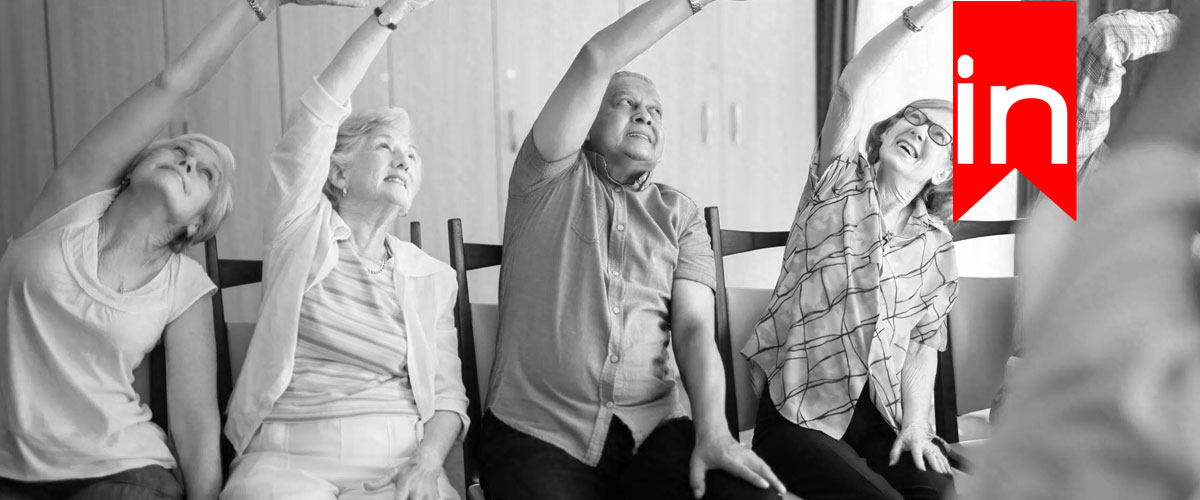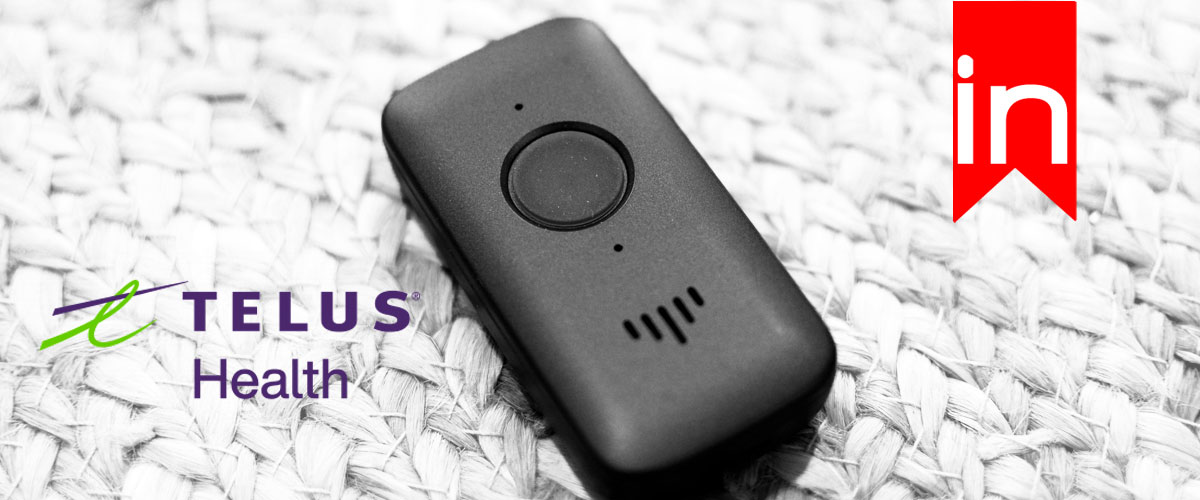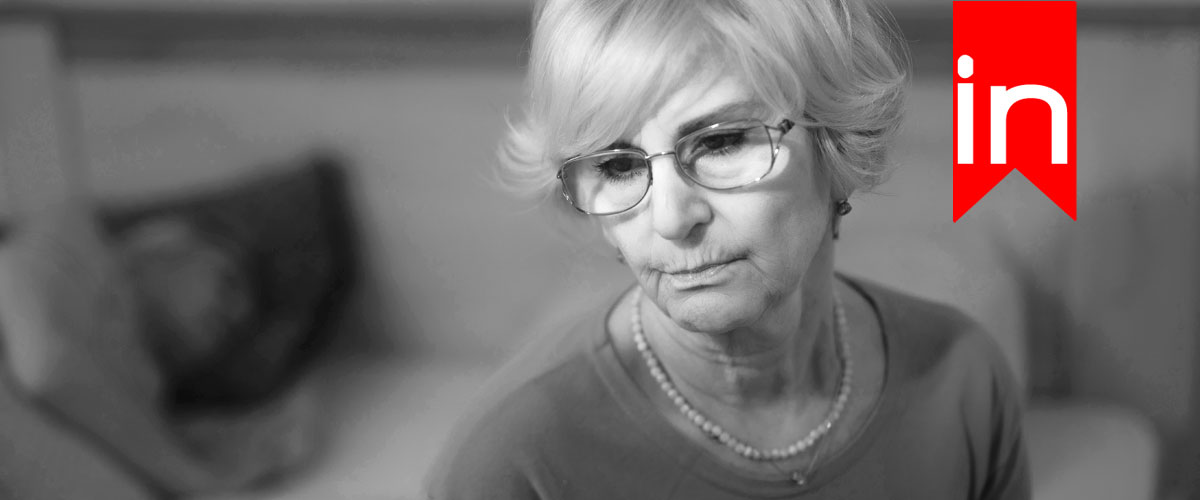We all know the benefits of exercise. Being physically active can have positive impacts on our health and mental well-being and can help prevent common physical and mental illnesses.
However, our ability to perform high-intensity and endurance exercises diminishes as we age. But just because we get older does not mean we should give up on exercising altogether; there are many great low-impact alternatives that can be great for seniors and older adults that cannot do intense workouts.
Highlights
- Chair exercises are ideal for seniors as they’re low-impact, support chronic pain conditions, and enhance mobility without the need to stand.
- These exercises can target various body areas such as legs, arms, and the core, using simple movements.
- Participating in chair exercise classes can increase engagement, improve social interactions, and provide a structured environment to enhance physical activity.
Many great options for seniors include yoga, water aerobics, tai chi, and walking, but chair and seated workouts seem to be getting more and more popular today.
Chair exercises for seniors are great as they are low-impact and put the body through minimal stress (by using the person’s own body weight). It can also be helpful to those adults who may have chronic pain in their legs, back, or knees, as these workouts do not require individuals to be standing.
But before you begin any type of exercise program or regimen, make sure your doctor clears you to perform physical exercise and understand what type and what level of physical exertion is best for you. Once you are in the clear, you will be good to go!
Just because chair exercises are done while seated doesn’t mean you can’t stimulate different areas of your body. Chair exercises can be done for the legs, arms, and even the core. Here is a list of chair exercises for seniors for different areas of the body:
Seated Leg Chair Exercises For Seniors
There are many seated exercises you could do for your legs. They include:
Ankle Pumps With Straight Knees
This movement involves you sitting in a chair with your arms at your side while keeping your back straight. You should then straighten your legs in front of you, making sure your knees are straight. Then proceed to pump your ankles upwards and downwards while keeping your legs straight.
Seated Clamshells
This movement involves you sitting in a chair while keeping your back straight. Bend your knees and bring them together while placing your palms on the outer side of your knees. Move your knees away from each other while providing resistance with your arms by using them to push your knees inwards.
Seated Knee Extensions
This starting position involves you sitting in a chair with your arms at your side while keeping your back straight. One leg at a time, extend your knee while squeezing the muscles at the front of your thigh.
Sit To Stand
This movement involves sitting in a chair while keeping your back straight. You should raise your arms in front of your body while keeping your core tight and chest out. Then, use your hips to take your body into a standing position; then do the same to sit back down.
Heel Slides
The starting position involves you sitting at the edge of the chair while keeping your back straight. You should keep your core tight and your chest out. Extend each leg one by one while keeping your toes pointed forward. The other leg should be kept bent with the foot flat on the floor.
Seated Upper Body Exercises For Seniors
Seated arm exercises may require dumbbells or resistance bands. Some exercises include:
Seated Shoulder Press
This movement involves sitting in a chair while keeping your back straight and making sure your hips are as far back as possible. Keep your core tight, spread your elbows to the sides of your body, and keep them at shoulder level. While keeping your face looking straight, extend your arms until they are fully straight and bring them back down to the original starting position.
For this movement, you may use lightweight dumbbells or a resistance band (you can either place it under the seat or sit on top and pull).
Modified Push Ups
This movement involves standing to face the chair and bringing your hands to the edge of the seat. Continue to shift your feet back until your body is in a diagonal position. Then, bend the elbows to bring your chest closer to the chair; push back up once your chest touches the chair.
Seated Bicep Curls
This movement involves sitting in a chair while keeping your back straight and making sure your hips are pushed as far back as possible. Make sure to keep your core tight and chest out while keeping your arms straight at the side of your body. Then, move both forearms upwards in a curling motion and then lower them back down.
For this movement, you may use lightweight dumbbells or a resistance band (you can either place it under the seat or sit on top and pull).
Seated Core Chair Exercises For Seniors
Seated core exercises are important for good posture and developing abdominal muscles and core strength. Some core exercises include:
Seated Knee-to-Chest
This movement involves sitting on the edge of your chair while keeping the back straight and leaning. Grip the sides of your chair to keep it stable, and raise your legs. Then bring your legs closer to your chest while bending the knees and extending them back out.
This movement can be done with both legs knees bent at the same time or one leg knee bent at a time.
Tummy Twists
This movement involves sitting on the edge of your chair while keeping the core tight, chest out, and back straight. Then take either a medicine ball or lightweight dumbbells and raise them aligned with the chest. Continue to rotate left and right while your arm remains extended.
Best Chair Exercises For Seniors
These are just a few seated chair exercises seniors can do in order to add to their physical activity. These chair exercises are accessible as they can be easily done at home and require minimal supervision or training.
Although, it would be much more engaging for seniors to join a chair fun exercise chair exercise class. This would lead them to interact with others and gives them an opportunity to leave the house from time to time – exercising is twice as fun when you are with a friend!
If you are a senior or older adult looking to add to their everyday physical activity, try out the exercises mentioned above!



2 thoughts on “Chair Exercises For Seniors”